GEOLOGICAL NATURE HERITAGE IN FINNISH LANDSCAPE ART
Geological heritage in the finnish landscape art
Geological heritage in the finnish landscape art
Finnish landscape art has through the ages depicted lakes, sparkling rapids, rocky cliffs, winding esker ridges, erratic boulders and bouldery insides of the woods. Many of the paintings also outline the geology of the landscape quite accurately when viewed with “geological glasses”.
The author of the article, Kaisa-Maria Remes (M.Sc), is a geologist and is interested in cultural heritage in addition to geology. This article combines these two areas of interest to highlight how to view landscape paintings from a geological perspective.
The Puumala art path combines art and geology in the landscapes of the Saimaa seal trail! Along the path, there are eight checkpoints through which the geological secrets of landscape paintings are revealed. Check out the Puumala art path visitpuumala.fi.
Alvar Aalto
Alvar Aalto
Alvar Aalto was the most internationally known Finnish architect and designer. His work consist of architecture, furniture, textiles and glassware, as well as sculptures and paintings.
He designed several public buildings in Imatra and also was asked to design city’s zoning plan. Kolmen Ristin Kirkko – church (The Church of the Three Crosses, Vuoksenniska Church), which is located in Imatra, Vuoksenniska is one of his famous designs. The church was built in 1957 and it is a remarkable culture site in the area. The church is also one of Saimaa Geopark’s natural and cultural sites.
City of Imatra is one of the Alvar Aalto cities and The Church of the Three Crosses is one of the national Alvar Aalto tourist tour destinations. Annually the church has around 3000 visitors in a year and guided tours are very popular.
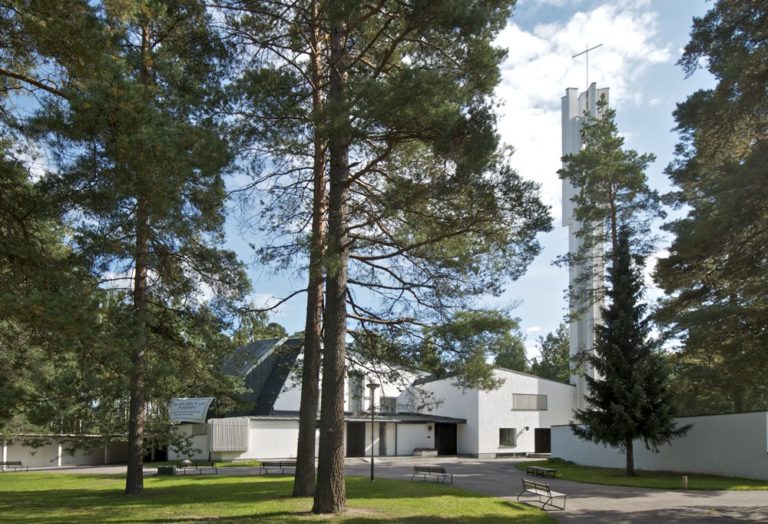
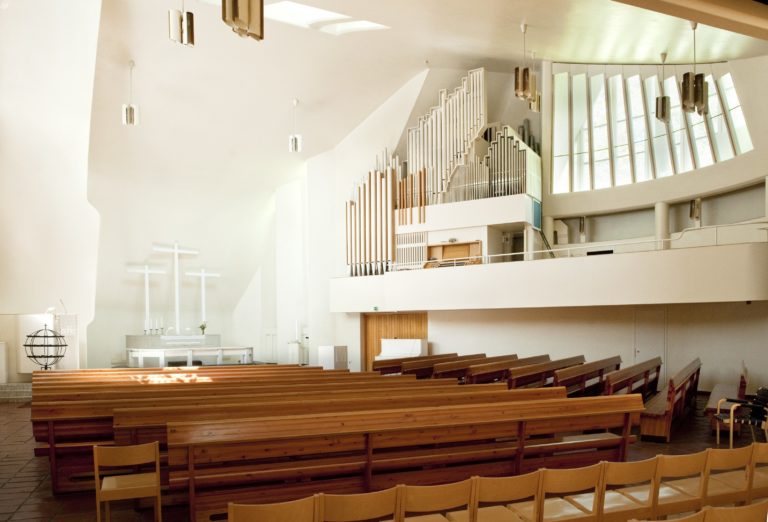
Read more information from Alvar Aalto foundation’s website
Read more about the Church of the Three Crosses
Tar steamer ahto
Tar steamer ahto
An exhibition of scale models of tar steamers (traditional wooden cargo ships coated with tar) and other steamboats that have trafficked Lake Saimaa is currently held in the town hall of Sulkava. It includes photos and different artefacts common for the ships of the era.
Tar steamer Ahto was built in Niittulahti, Partalansaari in 1910. It was made of wood, including naturally bent wood due to the shape of the ship.
The ship was 30,6 meters long and 6,9 meters wide, filling the maximum measurements for trafficking the Saimaa canal. Ahto operated in inland waters, delivering logs to St. Petersburg and Helsinki, and returning cargo of goods for storeowners and other byers.
Ahto was dissembled at the beginning of the 1950s by steering it into a shallow shore with high speed. The remains are still found at the bottom of Sikolahti. The propeller was retrieved in the fall of 2009 and is currently showcased in the exhibition at Sulkava town hall. The propeller remained at the bottom of the lake for 60 years.
A scale model has been made of Ahto, which is also included in the exhibition. The proportional scale of the model is 1/40. Miniature logs made from the birches of Sulkava has been used as its cargo and about 4000 logs decorate its deck. Also the cargo hold is filled with the logs. Naturally, also the model is covered with tar.
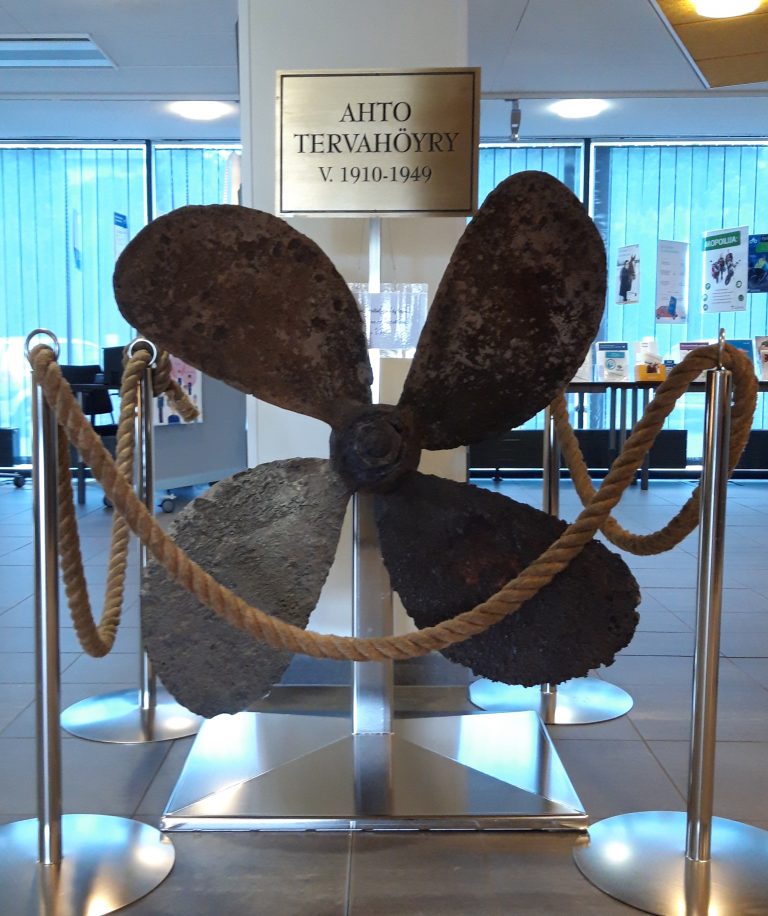
Tar steamer Ahto’s propeller. Image: Sulkava municipality
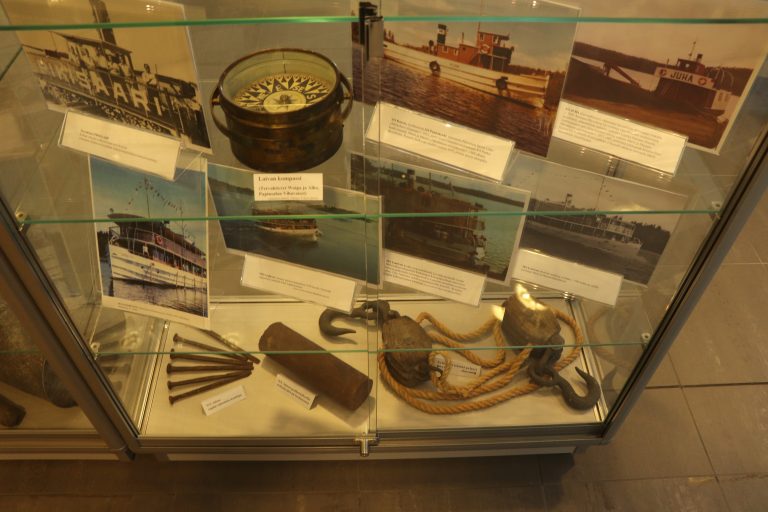
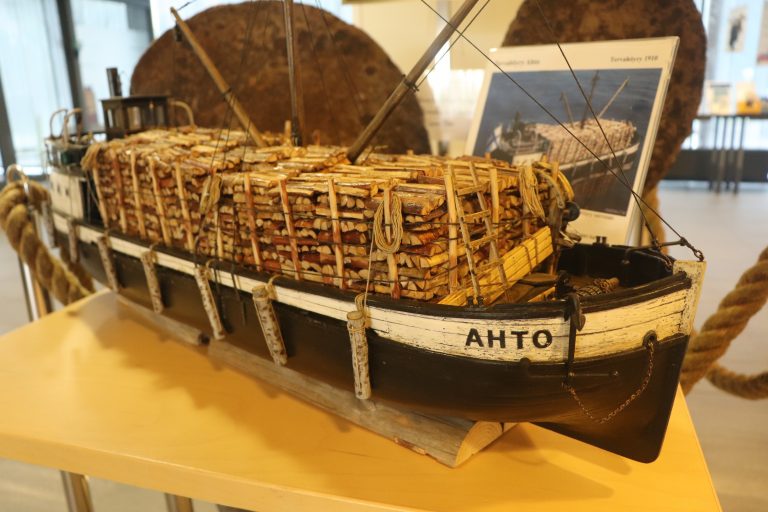
Objects of the exhibition and a scale model of tar steamer Ahto. Image: Sulkava municipality
Ruutuvaippa
Ruutuvaippa - Story about the saimaa geopark partner product
”Checkered as a woodpecker, wide as a cow pelt”, a saying from Sakkola
“Ruutuvaippa” is a twill, black-and-white, thickly fulled throw cover characteristic to the Savonia-Karelian region. All the way to the 1800s, it was typical in the Savonia-Karelia region for people to live in smoke cabins and to sleep on its benches and floors. There was thus a need for a warm, self-made cover. The solution was an eastern Finnish throw blanket that was fully and evenly checkered and had a twill weave. It was dyed with natural colors in black, white and gray. Sometimes red was used as well.
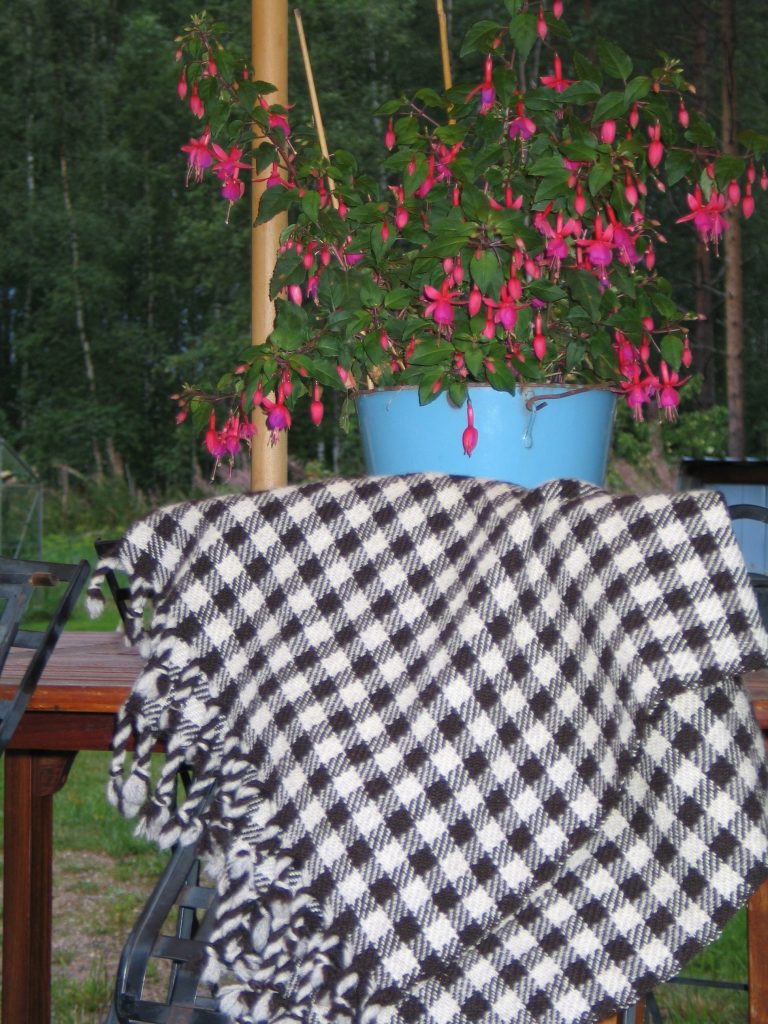
Text: Airi Ruokonen
Source: Toini-Inkeri Kaukonen